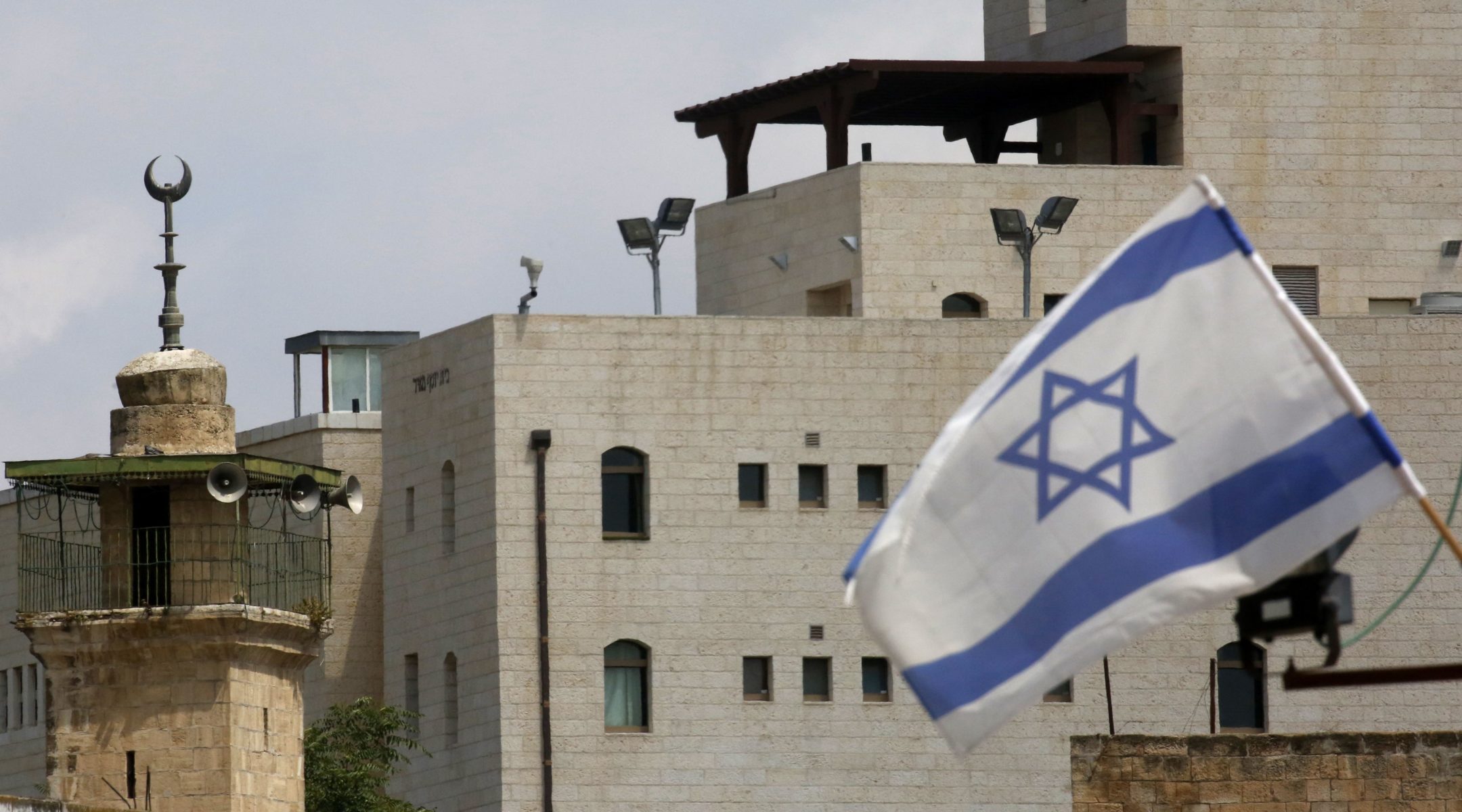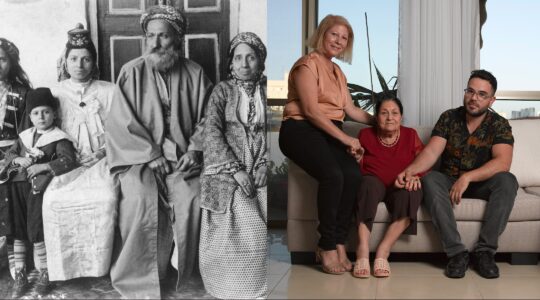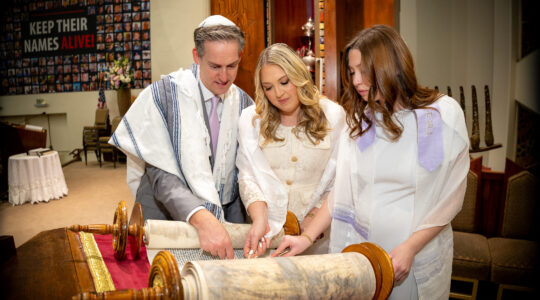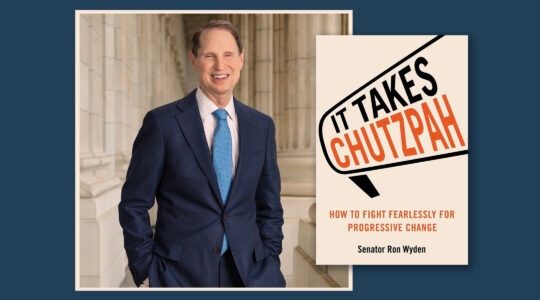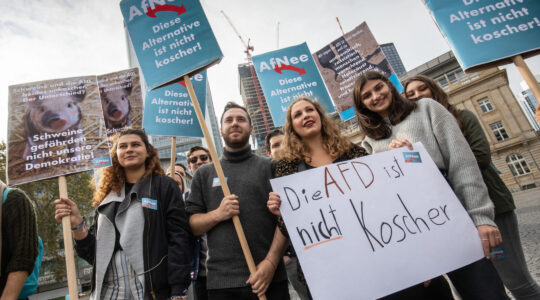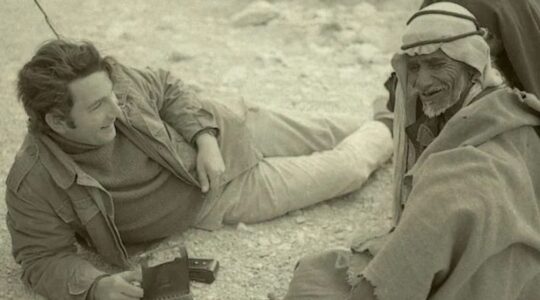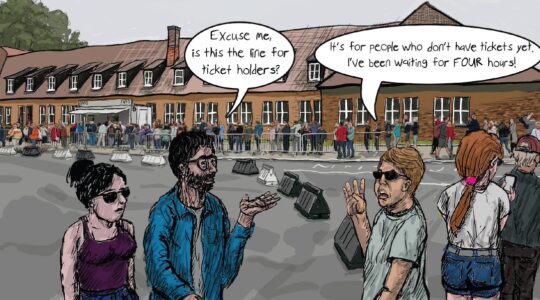JERUSALEM (JTA) — On Sept. 4, Israel commemorated the 90th anniversary of the 1929 Hebron massacre, during which Arab residents slaughtered their Jewish neighbors, leading to a Jewish exodus for the next half century.
Since then, Hebron has been a battleground, both literally and for the Zionist narrative. Split between heavily guarded Israeli- and Palestinian-controlled areas, the hotly contested West Bank city is home to approximately 215,000 Palestinians and about 1,000 Jews.
The city where Abraham and Sarah, Isaac and Rebecca, and Jacob and Leah are said to be buried is central to Judaism, second only to Jerusalem. Hebron also is a favorite destination for those who wish to show the evils of the Israeli occupation.
In 1995, a local doctor named Baruch Goldstein committed the worst Jewish terror attack in modern Israeli history by shooting Muslim worshippers in the Cave of the Patriarchs, killing 29. In 2016, a 20-year-old soldier, Elor Azaria, killed an already neutralized terrorist, bringing international attention and national drama to Hebron.
It is thus unsurprising that Hebron is the focus of considerable anti-Israel public relations efforts. As the Institute for Zionist Strategies reported last year, 27 percent of testimonies by the anti-occupation group Breaking the Silence center on the city alone, far ahead of any other city or even area in the West Bank or Gaza. Breaking the Silence uses reports from Hebron to make sweeping generalities about the conflict.
“Hebron is a microcosm of the military control mechanism in the entire West Bank,” one testimony reads.
But painting the entire conflict with this one brush misses the larger story. Hebron has a lot to say about Jewish heritage, history and rights.
As a whole, Zionist and pro-Israel groups shy away from Hebron. Unfortunately this leaves the entire narrative to be written by groups like Breaking the Silence, which then claim to represent the Israeli perspective.
Jews have lived around the Cave of the Patriarchs in Hebron for most or all of Jewish history. In modern times, as early as 1807, the head of the Sephardic community, Rabbi Haim Bajaio, made the first meaningful land purchases by Jews under Ottoman rule. Probably under the influence of the radical changes to the geopolitical situation caused by the Napoleonic wars, he did so with financial support from communities spread around the Mediterranean and as a way to bring the Jews back to their ancestral homeland.
The story of Hebron also reminds us why a strong military and independent State of Israel are needed for Jews to survive. Ninety years ago, 67 Jews were murdered in a single day. The rioters killed and looted families without making distinctions between long-established residents and newcomers, or Zionists and their religious opponents.
The 1929 riots were exceptional in their intensity and a turning point in modern Jewish-Arab relations. But throughout the Islamic rule over the city, Jews suffered from various forms of discrimination, and most famously were forbidden from entering the building of the Cave of the Patriarchs or even going further than the seventh step leading to it.
Hatred has only grown since the riots. Incitement is alive and well throughout the Palestinian Authority, and it is now coupled with denial of the Jewish history and connection in the area altogether.
Today, Hebron and villages around it are a Hamas stronghold, spreading violence against Jews throughout the West Bank. In the four decades since the reinstallment of the Jewish community in and around the city, the violence has continued. The current mayor, Tayseer Abu Sneineh, himself is among the murderers of six Jews (including two Americans and one Canadian) in a 1980 mass shooting — a biographic detail he brushed off during his 2017 election campaign.
Jewish presence in Hebron is more justified than in almost any other place in the world. But under present circumstances, this presence can be ensured only by the Israeli military — the army is all that stands between 1,000 Jews and utter chaos. It is a heavy price to pay in terms of freedom of movement for everybody in the Israeli-held area. But this is a consequence, not the cause, of the Arab refusal to admit the tiny Jewish minority back in the city.
Eighty percent of Hebron is entirely under Palestinian control and empty of any sort of Jewish presence.
The uneasiness that liberal Zionists feel about the situation in Hebron is legitimate. But the shame is not: Hebron tells us a story that is complex and far from perfect, but it is a vital part of Jewish history from which we should not shy away.
JTA has documented Jewish history in real-time for over a century. Keep our journalism strong by joining us in supporting independent, award-winning reporting.

